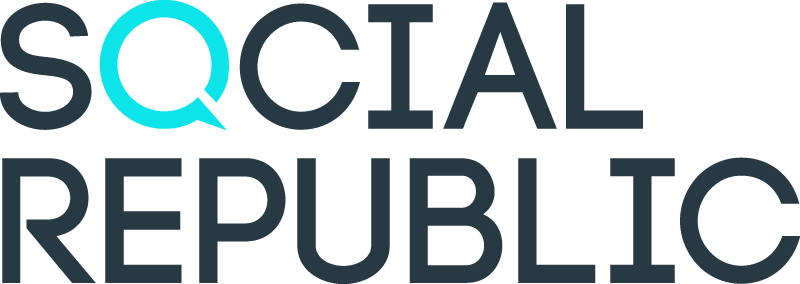Instagram is a platform full of inspiration, palm trees, models and festivals. – But what happens when you combine those four things and create one of the most controversial events of the year? Well, disaster.
We’ve had the ferris wheel, boho-inspired Coachella, the quirky and downright crazy Burning Man, and then we almost had Fyre Festival, which turned out to be one of the biggest disasters/frauds of the decade. The organiser, Billy McFarland is facing a prison sentence, whilst thousands of people paid literally more thousands of dollard for tickets (non-refundable by the way).
The result? An island full of young 20-somethings living out of refugee tents, eating sad sandwiches.


How did it all go so wrong?
Social media is a great place to advertise for events, fashion, lifestyle and adventure, because the audeinces using the platform soak up visual imagery and videos like a sponge to water. The more luxurious and celerity-endorsed the content is, the more it is believed, trusted and wanted. If you’re using Emily Ratajowski, Bella Hadid and other social ‘influencers’ in your campaigns, then surely. Surely, it’s got to be true.
Watch the announcement video below.
Billy McFarland was a visionist, but his mind and creative advertising agency were never going to create a festival out of thin air. Though the models used in the promotional video did receive luxury accomodation and appeared to be having a great time, this was completely different for ticket buyers.
In reality, Billy had little next to no money to fund the event and organisation was at an all time low.
What is the future looking like for influencers as a result of this?
The huge violation of ASA guidelines is sure to impact our trust in influencers. In total, it’s thought that Fyre Festival spent a whopping $26 million dollars just to get these celebs on the island.
It’s a solid reminder to viewers, ticket holders, and the rest of us too poor to afford a ticket, that influencer marketing is not always the best practice, and should only be used inline with regulations and if there is enough money to fund the end product.
Un-boxing a t-shirt is one thing, but promoting an


